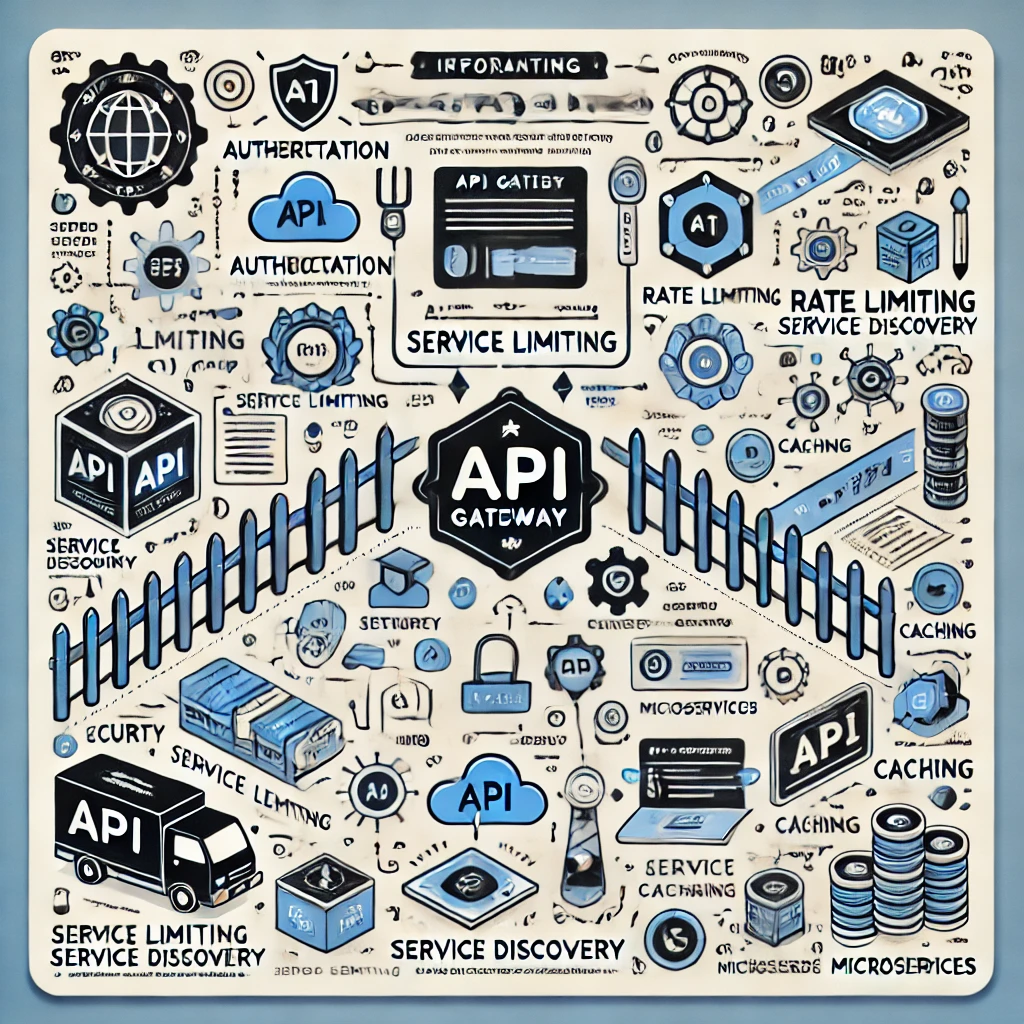API Gateways Simplified: Features, Benefits, and Best Practices
 vishal kamble
vishal kamble
In the modern era of microservices and distributed architectures, API Gateways have become an indispensable part of any application ecosystem. They act as the central hub, bridging client applications and backend services while ensuring security, scalability, and manageability. Whether you’re building an enterprise-level platform or a simple application, understanding API Gateways is crucial to building a resilient and performant system.
What is an API Gateway?
An API Gateway is the central entry point for all client requests. It decouples client applications from backend services, acting as an intermediary that manages the complexity of routing, authentication, and load balancing.
How It Works:
The client sends an HTTP request.
The API Gateway processes it by validating parameters, checking access permissions, and routing it to the appropriate backend service.
Once the service responds, the API Gateway transforms and returns the response to the client.
This seamless integration enhances both user experience and system maintainability.
Key Features of an API Gateway
API Gateways offer a range of functionalities that simplify managing complex microservices architectures:
Parameter Validation: Ensures the request meets predefined criteria.
Whitelist Verification: Allows only authorized IPs or applications.
Authentication and Authorization: Protects backend services using OAuth, JWTs, or other mechanisms.
Rate Limiting: Prevents abuse by controlling the request rate.
Routing: Directs requests to the appropriate backend services.
Caching and Logging: Reduces backend load and captures essential logs for monitoring.
Circuit Breaking: Ensures system reliability by isolating failing services.
Request Transformation: Formats requests and responses according to client and server needs.
Benefits of Using an API Gateway
Simplified Management: API Gateways centralize the routing, monitoring, and securing of API traffic.
Enhanced Security: By validating requests and managing authentication/authorization, they shield backend services from unauthorized access.
Improved Performance: Features like caching and load balancing boost API responsiveness.
Unified Interface: They provide a consistent experience for clients, regardless of backend service complexity.
Popular API Gateway Platforms
Here’s a quick overview of some leading API Gateway solutions:
AWS API Gateway:
A fully managed solution for deploying and managing APIs.
Ideal for serverless architectures using AWS Lambda.
Azure API Management:
Comprehensive for publishing, managing, and analyzing APIs.
Integrates seamlessly with other Azure services.
Google Cloud Endpoints:
Simplifies API deployment on Google Cloud.
Offers tight integration with Google’s cloud ecosystem.
Kong:
Open-source API Gateway.
Highly extensible, with robust plugins for rate limiting, logging, and security
Securing Backends with API Gateways
Security is a primary function of API Gateways. Here’s a simplified flow for securing APIs:
Access Token Request: A client application fetches an access token from an identity provider using credentials.
Access Token Validation: The API Gateway validates the token and enforces policies.
JWT Integration: Built-in JWT authorization modules streamline the validation process.
Backend Protection: Only requests with valid tokens are routed to backend services, safeguarding sensitive resources.
Best Practices for API Gateway Implementation
Plan Scalability: Choose a platform that scales with your application’s growth.
Monitor and Analyze: Use logging and analytics to identify bottlenecks.
Implement Security Measures: Use encryption (TLS), authentication (OAuth), and rate-limiting to protect your APIs.
Leverage Automation: Automate configurations and deployments using tools like Terraform or AWS CloudFormation.
Conclusion
API Gateways are the unsung heroes in modern applications. They simplify API management, enhance performance, and provide robust security. By leveraging their features and adhering to best practices, you can create a seamless and scalable microservices architecture.
Are you already using an API Gateway in your architecture? Share your experience in the comments below!
Subscribe to my newsletter
Read articles from vishal kamble directly inside your inbox. Subscribe to the newsletter, and don't miss out.
Written by
